PORCELAINia
TESSELA
 |  |  |
REGULAR TESSELLATIONS
Everyone is familiar with flat surfaces covered with units that neither overlap nor leave gaps. A tiled bathroom or kitchen floor is the most common example. Interestingly, there are only three regular shapes, that can tile a plane – the triangle, square and hexagon. These regular tessellations are “periodic” -- where the same pattern appears uniformly throughout. Each of these tessellations is made up of regular polygons which are all of the same type, and for which all vertexes (the junctions where the corners of the polygons meet). These three tessellations have interesting features.The triangular tesselation can be “folded up” into three of the five platonic solids: the tetrahedron, octahedron and icosahedron. The square tessellation can be folded up into one of the five platonic solids: the cube. And the hexagon cannot fold up on itself into a 3D object without the introduction of key shapes such as the triangle or the pentagon. By the same token, if one were to try to create a regular tessellation on a plane with other shapes such as octagons (eight sided figures), dodecagons (12-sided figures), decagons (10-sided figures) or nonagons (9-sided figures) or pentagons (5-sided figures), there will always be gaps, no matter how they are arranged. Only with the introduction of other shapes can they can tile the plane in a semi-regular or quasi-periodic way.
| TESSELLATIONS Front Page | DEMIREGULAR TESSELLATIONS |
ABOUT CONTACT CREDITS 2000 GALLERY